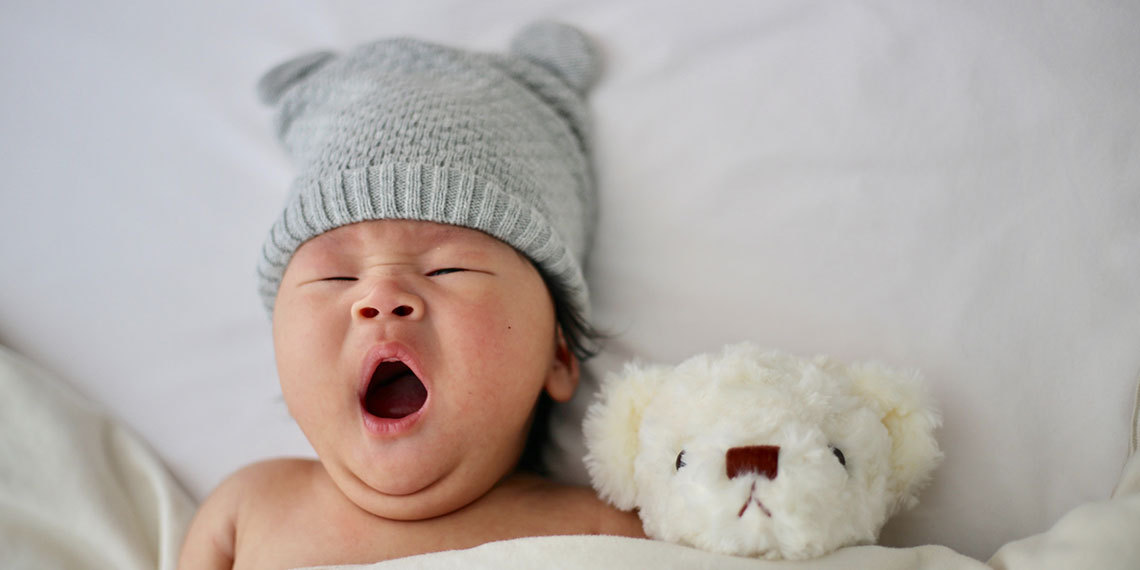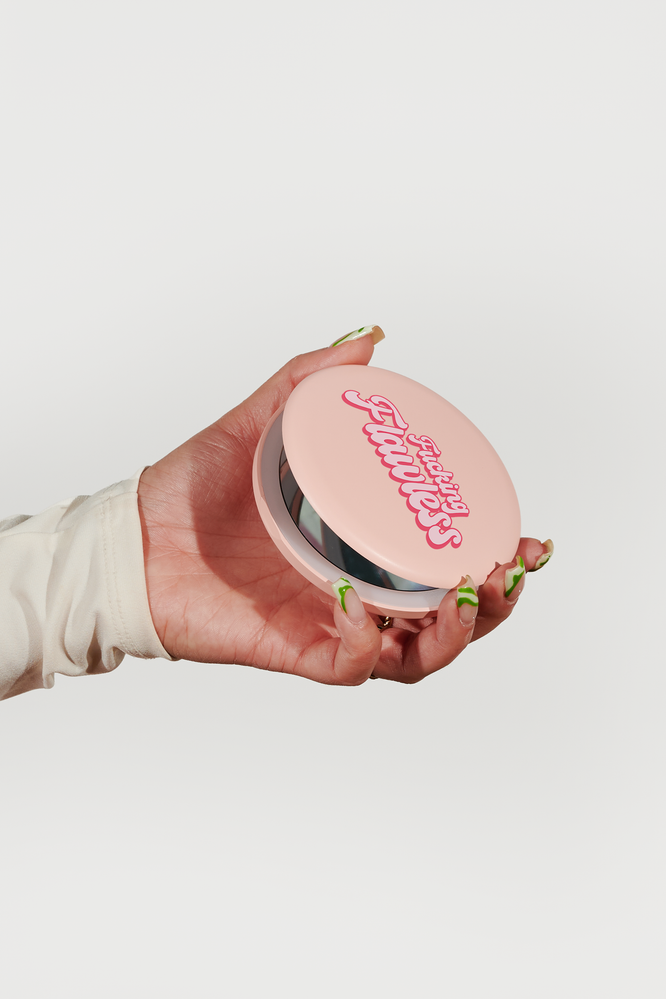As many exhausted parents can tell you, there’s nothing more heavenly than a baby that will sleep straight through the night. But for many new parents, there is also nothing more elusive. The harsh truth is, bringing a newborn home from the hospital often means a good night’s sleep will become a distant memory, because the tiny terrorists little cherubs will be crying a ton and feeding every two to three hours for the first few months.
That doesn’t mean you have to resign yourself to never sleeping again, though! Babies and parents alike need sleep, and getting your little one on a schedule is crucial. We spoke to Dr. Sofia Axelrod, a sleep scientist and mom-of-two, to learn her most trusted hacks to get your little alarm clock to *finally* conk out.
“One of the reasons why I got involved with baby sleep is that if the baby doesn’t sleep, no one sleeps,” says Dr. Axelrod, author of How Babies Sleep: The Gentle, Science-Based Method to Help Your Baby Sleep Through the Night.
“So, there’s generally this terrible, trickle-down effect on the whole family, and if you fix your child’s sleep, then you will feel much better, and you can have a normal life.” So, what can a bleary-eyed mom and dad do? Sleep coaches and night nurses cost a fortune, and the SNOO, renowned for mechanically rocking fussy babies to sleep, carries a cost-prohibitive $1,395 price tag (even renting it will set you back $118 a month). But there are plenty of accessible ways parents can get their sweet pea into a predictable schedule, says Axelrod, who adds that her advice applies to babies and children up to age six.
A Full Belly Is Crucial
No matter if you breast- or bottle-feed, for the first few weeks of their lives, infants are literally non-stop milk-drinking machines. Trying to sleep seems futile, but there is a way to get baby down for longer stretches, so you can squeeze in a nap, too. “Ideally, baby feeds, and then they’ll pass out and wake up again after two hours,” says Axelrod. “But some babies don’t do that. Make sure they eat their portion, and if they fall asleep ‘on the job,’ so to speak, it’s okay to undress them, it’s okay to blow air on them. Get a cold, wet towel, and make them uncomfortable. Make them awake, so they eat, because only then will they sleep. Then everybody’s happy, and you can take a nap also.”
Put On The Red Light
No, not like the kind that TLC or Sting sang about, but like a real, red light bulb, which can work wonders for infants, toddlers, big kids, and even adults. Why? The hue encourages the body to produce more melatonin, the hormone that stimulates sleep. “During the night, when you have to nurse or feed or change diapers, only turn on the red light,” Axelrod instructs. Conversely, expose babies to natural sunlight—in moderation, and while using sun protection when outdoors—during the day. “Open the shades. [Let in] lots of light. That signals naturally to their body, ‘Oh, okay, now it’s time to be awake!’”
Keep It Routine
Even though the pandemic has wreaked havoc on many parents’ schedules, Axelrod stresses it’s necessary to keep little ones in line. “It’s important for their sleep that things happen at the same time every day. It helps their bodies feel more adjusted. We’re helping them organize and recognize what it means to feel tired, what it means to be hungry. They don’t know that unless they have a schedule.”
Babies’ schedules can be a hotly debated topic—there are flexible routine suggestions to more rigid ones and everything in between—but there’s plenty of science to back up Axelrod’s claims. “Because what we show in science is that, if you do these things at the same time every day, whether it’s eating, sleeping, light exposure—the light being a cue that tells your body what time of the day it is—then you’re freeing yourself for other things because your body will run like a well-oiled machine. What I’ve said before about babies is also true for adults. You’re telling your body, ‘It’s 11:45[am]. It’s daytime. Let’s make some digestive enzymes because you’re going to have lunch.’ Or, ‘It’s 8am, it’s time to get up. Let’s make some cortisol to feel really awake and happy.’” Or, ‘It’s like, 7pm, let’s make some melatonin so we’re sleepy and can fall asleep easily.’”
Regulate Those Naps
If your baby doesn’t sleep through the night, analyze the naps, says Axelrod, who also created her own app, Kulala, to help parents keep their babies on schedule with pop-up reminders. “The first thing, when parents come to me, they say, ‘Oh, my baby used to sleep wonderfully, and suddenly they started waking up again.’ And the first thing I ask is, ‘How much do they nap? And when is bedtime?’ And it’s always off. So, this is the biggest misconception: sleep begets sleep. Not true. Many people think that you need to sleep more during the day for a baby to sleep better at night, and that is not true. And there’s research that literally shows the opposite. There is a paper that has been done, very well-controlled, and the title of the paper is literally Daytime Naps Control Nighttime Sleep.” Axelrod says that we all have a daily sleep need, which is the total of any naps and nighttime sleep. That number goes down as we age, hence the need for less sleep. “If I put you down for a three-hour nap during the day, you’re just not going to be tired in the evening.” The same is true for your little one.
White Noise Is Your Friend
When fetuses are in the womb, they hear a mother’s heartbeat, digestive sounds, air moving in and out of the lungs, and even a rumbly tummy, which is exactly why a white noise machine is a must-have for new parents. “White noise just lulls [babies] right to sleep,” says Axelrod. But, she warns, “I would not overuse it. Use it when you put them down, and then, in the middle of the night, if you have a newborn, you have to feed them or change a diaper, turn it off for the duration and turn it back on when you put them back to bed.”
Take a deep breath, because this part will pass and you will sleep again. Eventually.
Images: Minnie Zhou / Unsplash







































